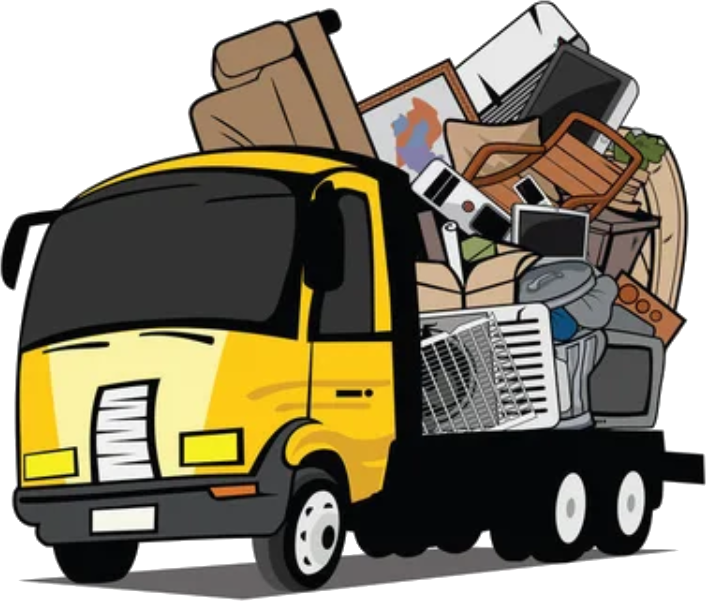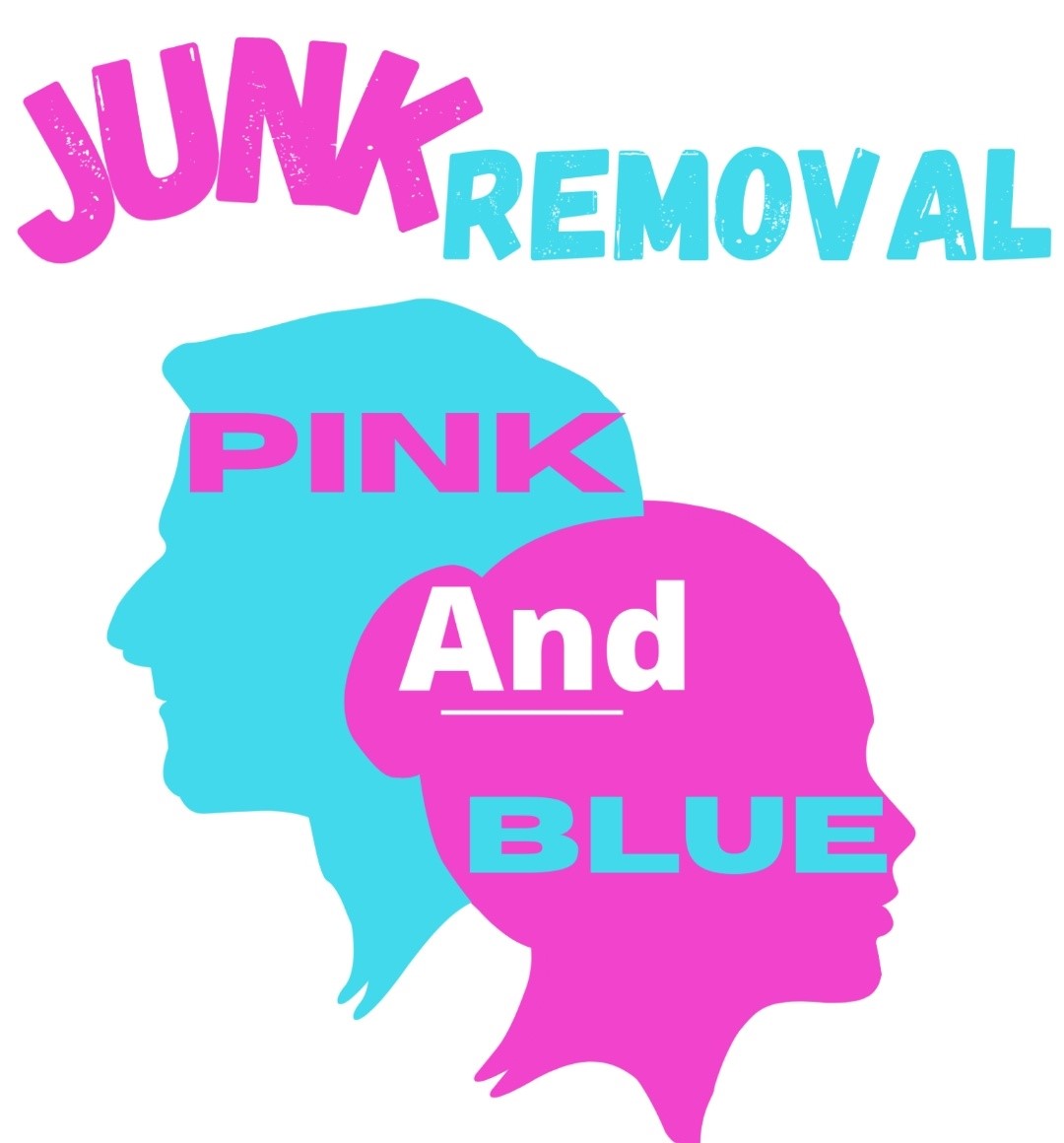The Art of upcycling and junk removal
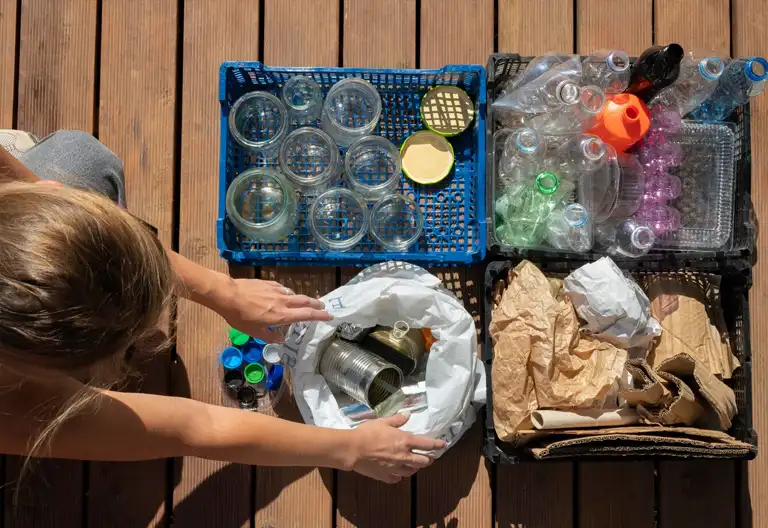
In a world where environmental sustainability is paramount, upcycling has emerged as a creative and responsible solution to the problem of waste. Upcycling, the process of transforming discarded materials into valuable and useful items, not only contributes to junk removal but also adds a touch of innovation to everyday life. This article explores the art of upcycling, its benefits, and how it intersects with effective junk removal strategies.
Understanding Upcycling
Upcycling goes beyond recycling by taking discarded items and turning them into something of higher quality or value. Instead of sending items to landfills, upcycling gives them a new lease on life. From repurposing wooden pallets into furniture to transforming old clothing into fashionable accessories, upcycling is limited only by creativity.
The Benefits of Upcycling
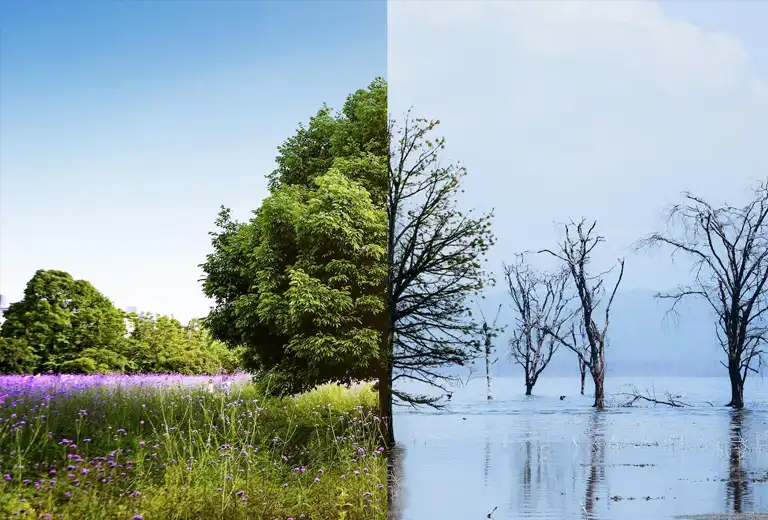
Environmental Impact
By upcycling, you reduce the demand for new materials and lower the energy consumption required for manufacturing. This, in turn, decreases greenhouse gas emissions and conserves valuable natural resources.
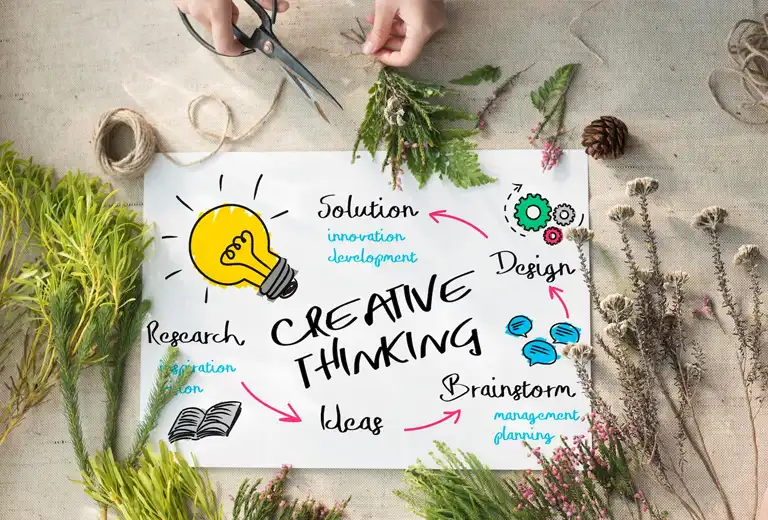
Promoting Creativity
Upcycling encourages innovation and creative thinking. It challenges individuals to look at objects with a fresh perspective, discovering new and inventive uses for items that would otherwise be discarded.
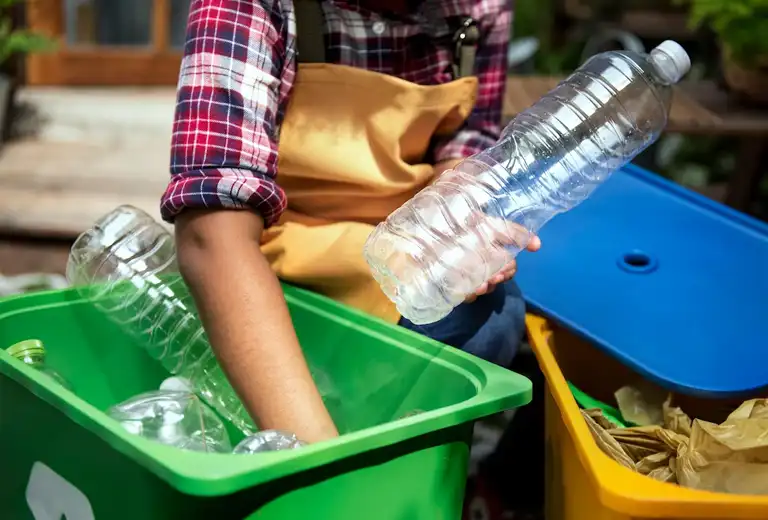
Reducing Waste
The more items that are upcycled, the less waste ends up in landfills. This reduces the strain on waste management systems and minimizes the negative impact on the environment.

Customization and Personalization
Upcycling allows you to create unique and personalized items that reflect your style and taste. You have the freedom to customize and tailor objects to suit your preferences.
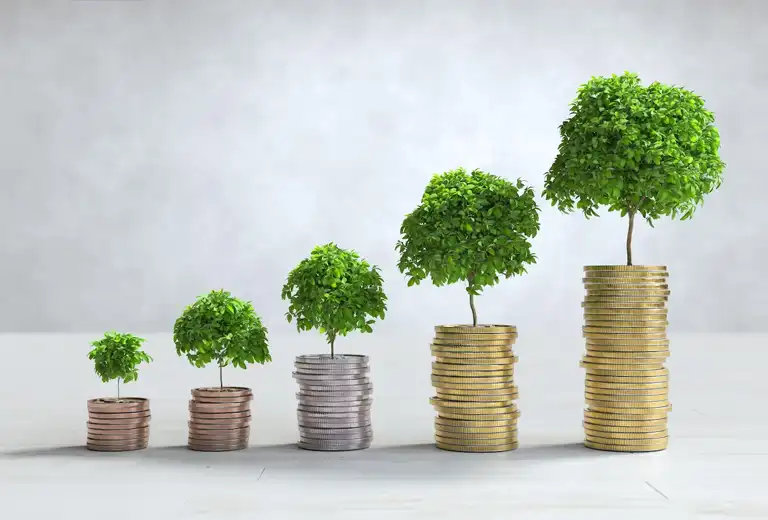
Economic Savings
Upcycling can save you money by repurposing items you already own or finding discarded materials for free. It reduces the need to purchase new products.
Incorporating Upcycling into Junk Removal
Sort Before Discarding
During your junk removal process, sort items into categories: items suitable for upcycling, those for recycling, donating, and disposal. This ensures that potentially upcyclable items aren’t prematurely discarded.
Creative Transformation
Look at your pile of discarded items with an up cycler’s eye. Could that old ladder become a bookshelf? Could those glass jars become trendy light fixtures? The possibilities are endless.
DIY Upcycling Projects
Engage in DIY upcycling projects that align with your interests and skills. From simple crafts to more complex furniture renovations, there’s a project for everyone.
Learn from Others
Tap into online resources and communities that share upcycling ideas. Social media platforms and websites offer tutorials and inspiration for your next upcycling venture.
Embrace Imperfection
Upcycling celebrates imperfections and quirks. The charm lies in creating something new from items with a history and character.
Final Thoughts
The art of upcycling bridges the gap between creativity, sustainability, and responsible junk removal. It transforms discarded objects into treasures, all while reducing waste and minimizing environmental impact. As you embark on your journey of decluttering and junk removal, consider the potential of upcycling. By embracing this innovative approach, you not only contribute to a greener planet but also infuse your surroundings with unique and meaningful creations. Upcycling is a testament to the fact that with a little ingenuity, even the most neglected items can be transformed into something extraordinary.
